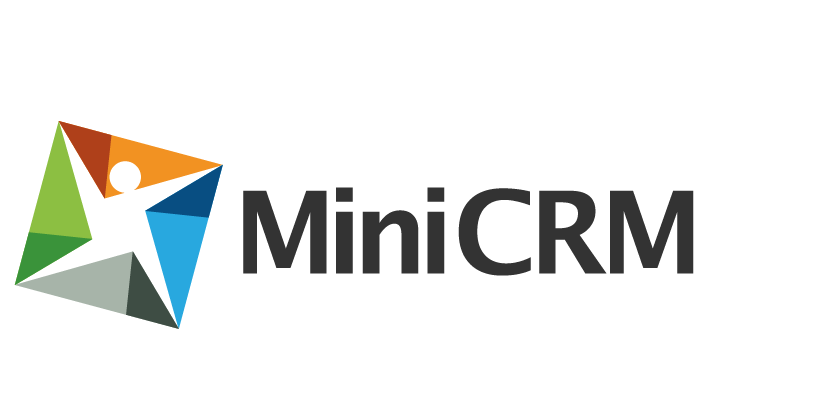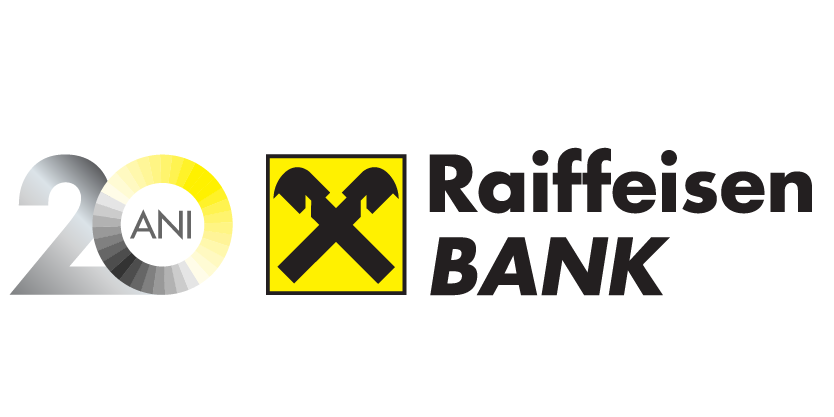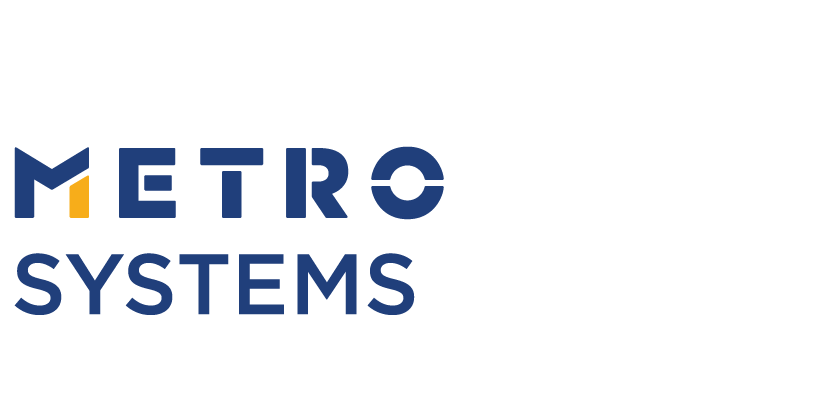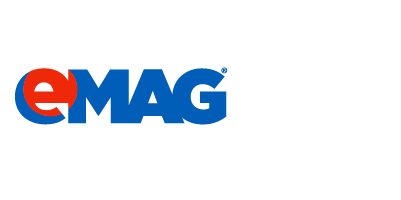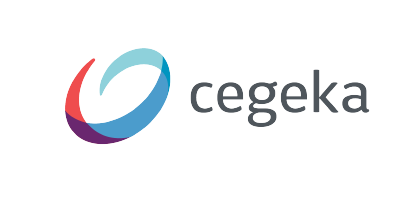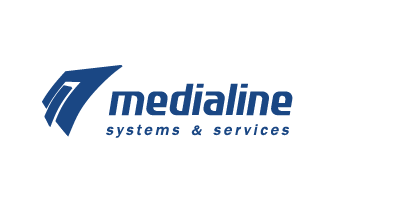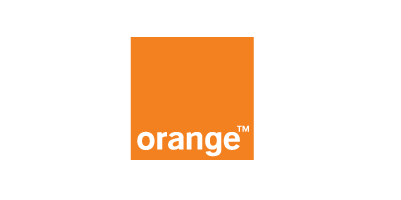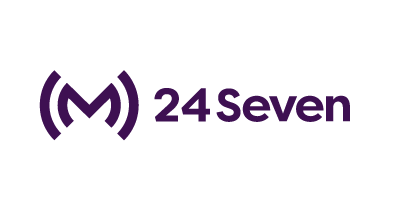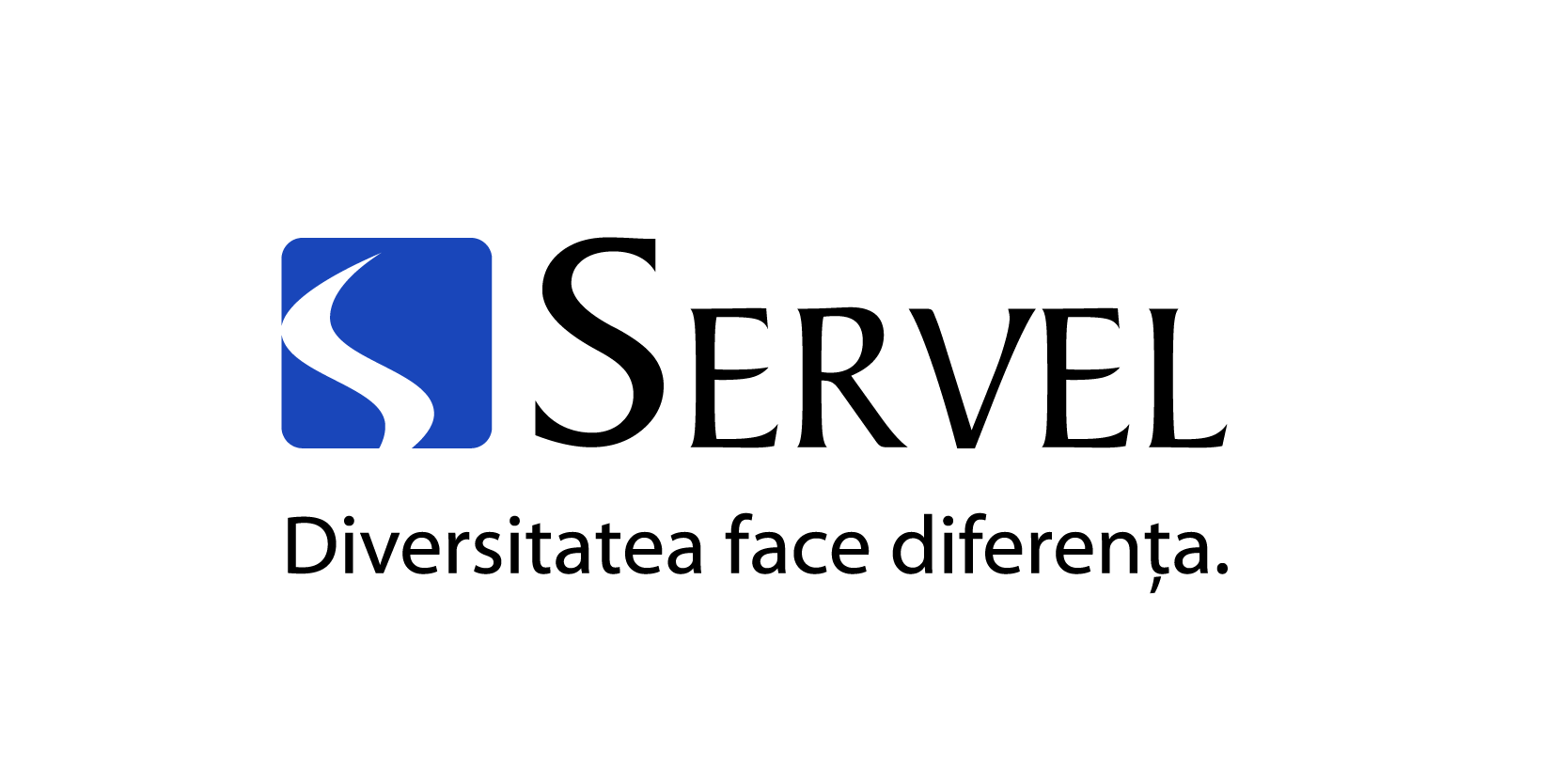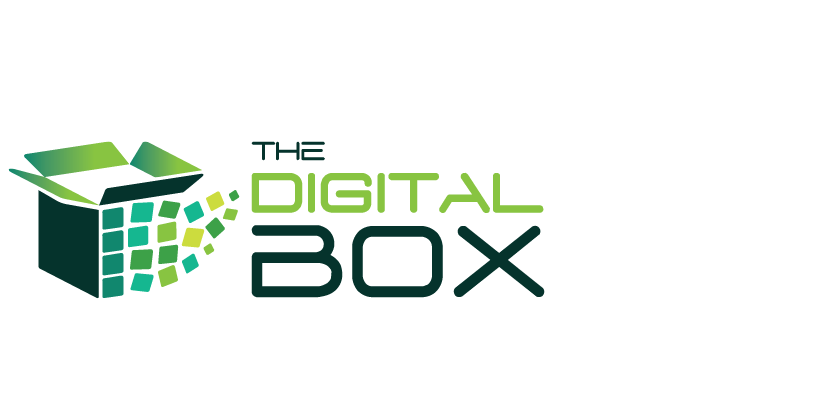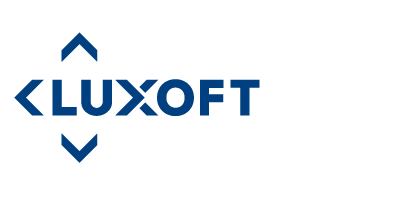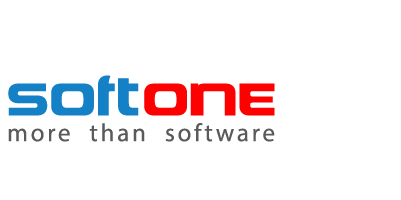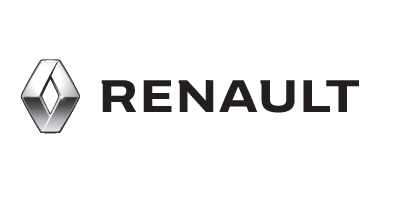
The Impact of technology on the translation industry: how much and how far?
The impact of digital technologies on the translation industry resembles the advent of self driving cars: they are amazing, they change the game and work to some extent. But, for the time being, they are not trusted to fully replace people.
However, tech has had an enormous impact on the translation industry and on the way people cross the language barrier. It is now much easier to get a message across and to get an idea of what the others are saying. All it takes is an online translation tool, or a digital dictionary.
But the situation is different when it comes to high-stake, complex communication, such as business or negotiations, technical documents or legal cases.
So what can and what cannot technology do to for translation?
It comes down to two approaches: Computer Assisted Translation and Machine Translation.
Benefits of Computer Assisted Translation
When it comes to supporting the process, digital tools can be amazing. Computer Assisted Translation (CAT) has transformed the industry to the point of near-automation, but it still needs a key ingredient: the human factor.
Here are some of the key CAT benefits for translation work.
Low redundancy
When using CAT software, your documents are imported in a special tool which splits the texts into segments. As each segment is translated, it is archived in a TRANSLATION MEMORY. Once the translator or agency receives a new translation project, they check it against the Translation Memory. The tools will automatically look after repetitive texts and will suggest a segment to be reused.
Accuracy
The terms are already validated so we have our own dictionary, which constantly grows. If your organization has branches in different countries you will be sure that everybody will use the same term. Using a Content Management System makes this even easier to implement.
Pricing
When a term is reused, the provider charge you with a percent of the entire price because they apply reductions for identical or similar texts. This is saving you money.
Finding terms
Probably the first use of technology in translation, the digital dictionaries accelerated the process even before the emergence of the internet as we know it today. And with the ubiquity of online resources, it now takes seconds to find a wealth of explanations about a single word.
Context for word usage
Speaking of the internet – one of the most wanted types of information for professional translators is not just meaning, but also context. Digital technology now makes it possible to immediately understand how a term is used in various combinations and situations – which is essential in providing natural sounding, native-like versions of a text in another language.
New types of translation jobs
The mantra of the industry could be defined in the following sentence: If it is important, it will need translation. That applies to the software industry as well. Not only did it transform the translation work, it actually transformed the entire world. And that means new types of jobs, such as that of software translator.
Speed
While continuously translating your documentation, the provider will add new segments to the Translation Memory, which will increase the number of segments and automatically the number of repetitions. This will impact the delivery timeframe for bigger translation documents. By reusing the content the translators won`t spend time again and again to look after same terms.
But things are moving really fast in technology. Automated translation services are emerging such as Google Translate – now capable of voice recognition and instant audio translations, or Skype’s similar promise of making live video conversations possible using automated, simultaneous translation. Artificial Intelligence and machine learning are seen as game-changers. They have set high expectations for what is already called The Machine Translation.
The promise of Machine Translation
It works already.
There is a Google Translate app that delivers consecutive translation based on voice recognition. And there are other digital solutions that hold the same promise. Think of Skype, which is committed to delivering simultaneous translation.
So will translators lose their jobs?
It depends, as consultants say. When it comes to basic tasks such as translating simple conversations or ordinary documents, the machines are likely to do a good job replacing humans in the near future.
But it will take quite a long time before Machine Translation can be trusted to deal with high stake tasks. And let’s face it, most of the translation that people pay for is about serious things. There is something in professional translations that computers just cannot recreate, at least for the time being. It has to do with linguistic nuances and with a lot of context which demands human understanding of extremely different situations, it has to do with empathy, with deep comprehension of irony, humour, hidden meaning and most of all, of human nature.
This is why in professional settings, computers are not yet trusted to do the complex job of professional translation. Rather than replacing people, technology is best at working with them.
About Octopus Translations
Since 2004, Octopus Translations has been successfully providing professional translation services into more than 40 languages, to help companies communicate with employees, partners and customers anywhere in the world. We support our clients in producing high quality technical documentation, training materials, software or websites localization. Our in-country translation teams are all native-speaking residents, with extensive knowledge of the local culture, market and language. Having our services ISO 9001:2008 certified, we are built on a flexible and cost effective infrastructure. Along with our flexibility and our friendly approach, our company is highly appreciated by clients with complex workflows and high technical demands.






